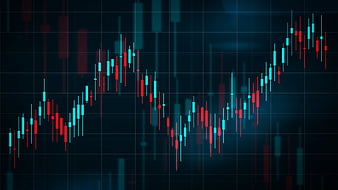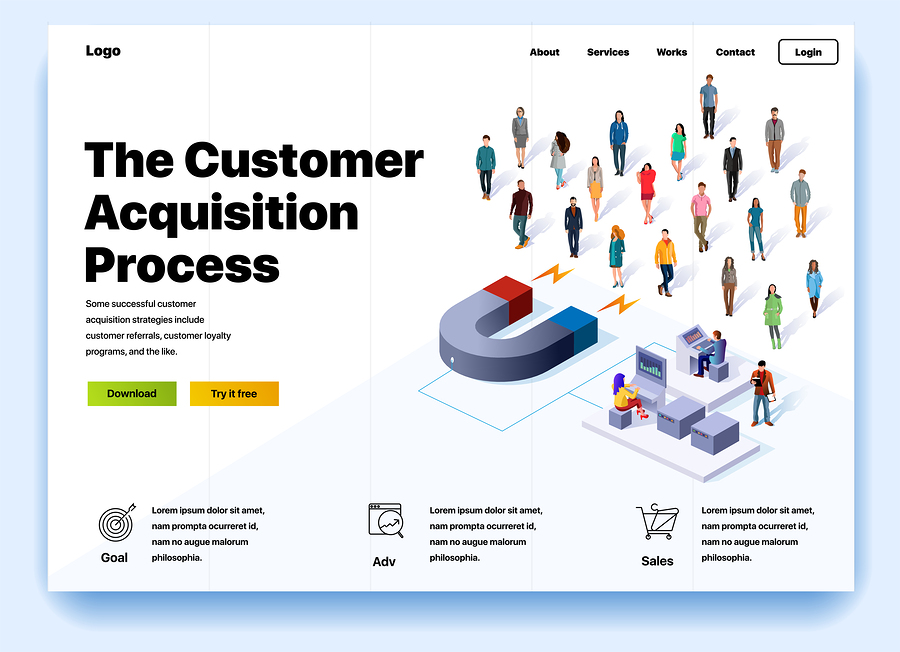Forex trading is attracting more and more investors every day, and for good reason. With the potential for huge profits, a global market, and 24/7 trading, it’s easy to see why people are drawn to it. However, like any investment opportunity, trading forex comes with its own unique risks. One of the most significant risks is the use of leverage and margin.
In this article, we’ll explain what leverage and margin are, how they work, and how you can use them to your advantage – or avoid the pitfalls they present. Read on to discover the ins and outs of leverage and margin in forex trading.
Leverage and margin are two intertwined concepts in forex trading. Leverage is essentially borrowing money from your broker to make more significant trades than you could with just your account balance. Margin is the amount of money you must have in your account to open a leveraged trade. In other words, leverage is the tool, margin is the requirement.
For example, suppose you have $1,000 in your trading account, and your broker offers you a maximum leverage of 100:1. This means that you can potentially open a trade worth $100,000 (100 x $1,000) with your $1,000. However, to do this, your account must meet the minimum margin requirement set by your broker – usually between 1% and 2%. So, for a 1% margin requirement, you would need to have $1,000 x 1% = $10 in your account to open the trade.
The benefits of leverage are clear – you can potentially make more significant profits with a smaller investment. However, the downside is equally significant. If the market moves against you, your losses can also be amplified, and you may end up owing your broker more than you have in your account. This is why it’s essential to have a solid risk management strategy that includes limiting your leverage and setting stop-loss orders.
Another crucial factor to consider when Forex trading with leverage and margin is the concept of a “margin call.” A margin call is when your broker contacts you to add more funds to your account because your account balance has fallen below the minimum margin requirement. This can be a stressful situation, as you may have to close some or all of your trades to meet the margin call.
Fortunately, there are ways to avoid margin calls. One is to use lower leverage ratios, which will require less margin. Another is to keep a close eye on your account balance and the margin requirements of your trades, so you don’t get caught off guard.
Finally, it’s worth noting that not all brokers offer the same leverage and margin requirements. Some may offer more, and some less, so it’s essential to choose a broker that aligns with your risk tolerance and trading strategy. Also, make sure to read and understand your broker’s terms and conditions, including any policies related to leverage, margin, and margin calls.
Conclusion:
Leverage and margin can be powerful tools for trading forex, but they come with significant risks that can wipe out your account if not managed properly. It’s crucial to have a solid understanding of how leverage and margin work, as well as a robust risk management plan that incorporates these concepts. By doing so, you’ll be able to trade forex with confidence and potentially profit from this exciting market.



